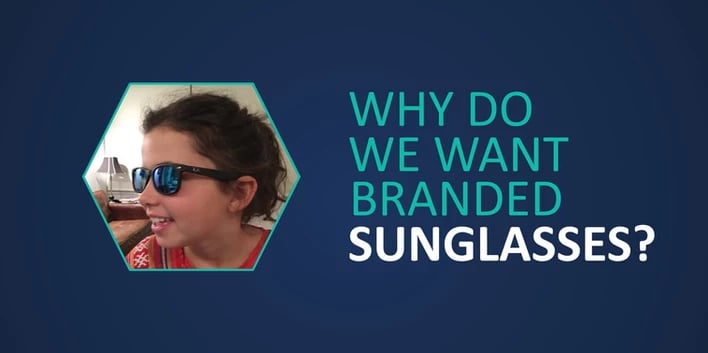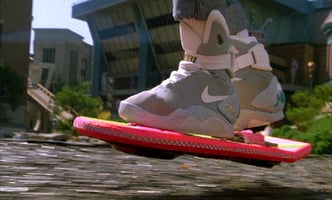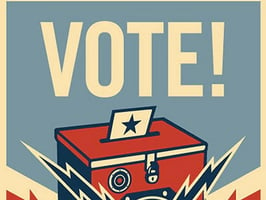December 8, 2016
Why do we want branded sunglasses?
May 30, 2019

This is my daughter. She is wearing kids-sized Ray-Ban Wayfearers, and for me – this is one of the best examples of how quickly the world, our world in Fashion brands and retailing, is being disrupted like never before.
So, why do we want sunglasses – well, because Chameleons are cool!
Now while Chameleons ARE cool, my daughter is obsessed with them and seeks videos of them out on Youtube. Some of you will know who Super Chameleon is, he is one of the most watched animals on Youtube. And in a video of him sponsored by Ray Bans he shows off his colour changing abilities as his owner switches out different coloured pairs of… kids-sized Wayfarers!
And without the traditional levers of brand advertising, Hollywood movie product placement, tennis player endorsement or even a high-street or airport retailer being present, my 9 year old daughter has Googled kids-sized Wayfarers, found the colour she wants, the best price and emailed it all to me – to order for her birthday.
Fashion Disrupted
Fashion retail has seen fundamental disruption over the last decade and that disruption isn’t about to let up. I want to talk about that a little now and specifically how we got here and a few of the trends we’re seeing as a result.
Fast and Fragmented Media
Since the late 50’s and the normalisation of the television and more recently in the normailisation and pervasiveness of the internet, fast and fragmented media led to an increase in the speed of consumer demand.
We see things and we want things and now we’re conditioned to expect to be able to find them (or at least copies of them) – a good example of this is of course anything from Alessandro Michelle’s Gucci.
Supply Chain Innovation
Then supply chain, eComm and delivery innovation increased the product’s speed to market.
Amazon about to re-base this even more. Have a look at a picture from inside their new distribution warehouse on the Oakdale Industrial Estate, on Old Wallgrove Road, at Sydney’s Eastern Creek.
Everywhere is a marketplace
Now technology is making the relationships between brands, influencers and customers stronger. Britney Lee Saunders as an example is the type of influencer who has direct relationships with both consumers and brands – there is no retailer in the mix.
SO what next???
Next, for retailers to remain both competitive and relevant today they will require a speed of insight to these changing markets as yet unseen.
Moore’s Law that computing power will double in power and halve in cost each year is being realised (these two chips are only 8 years apart – with a 1,000 fold increase in capacity)
Three current speed of insight trends
If that is the world in which we must now exist…
Let me know talk about three trends from fast informed insight that we are seeing across our user-base and through the vast amounts of fashion retail data our platform processes each day.
1. Hot and Cold Categories
Who can forget Kanye sneakers? Hot and Cold Categories – Fashion sneakers have dominated the fashion landscape for several seasons however recent data indicates that retailers should be showing caution in investing too heavily in this category.
Stylerunner, one of the leaders in this category now seeing a 30% decline in the numbers of products ranged today and significantly a dramatic increase in the number of marked down products.
Understanding hot categories is imperative to ensure retailers are not caught with a range which is too wide and difficult to clear as/when the category cools.
2. Local Market Nuances
Who can forget Topshop Australia who recently entered voluntary administration impacted by the fiercely competitive local market. Struggling to strike the right balance between basic vs fashion products and the right price architecture, they’ve fallen victim to the challenges of tracking the nuances of international markets and staying in touch with the local competitors.
3. Shrinking to grow
I leave it to the experts in the room, but this is one of Coach’s most expensive tote bags….
stock up by more than 11%. Coach has actively reduced the size of their range by up to 25% in US department stores.
Buying Intelligence harnesses the latest technologies to deliver visual, easy to understand analytics to a competitive, time poor industry. Check out http://buyingintelligence.net/



